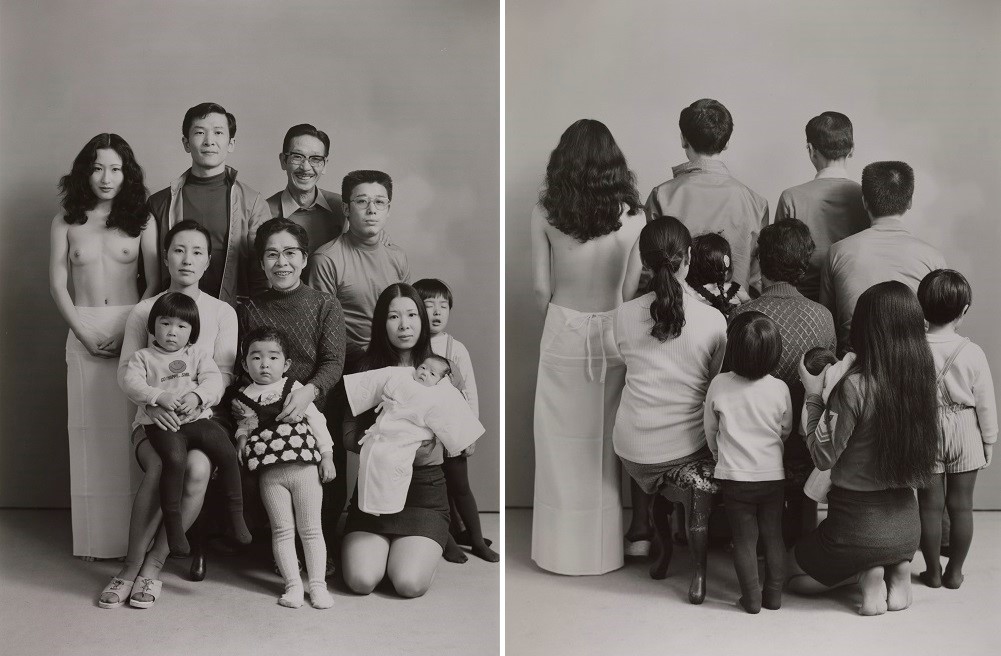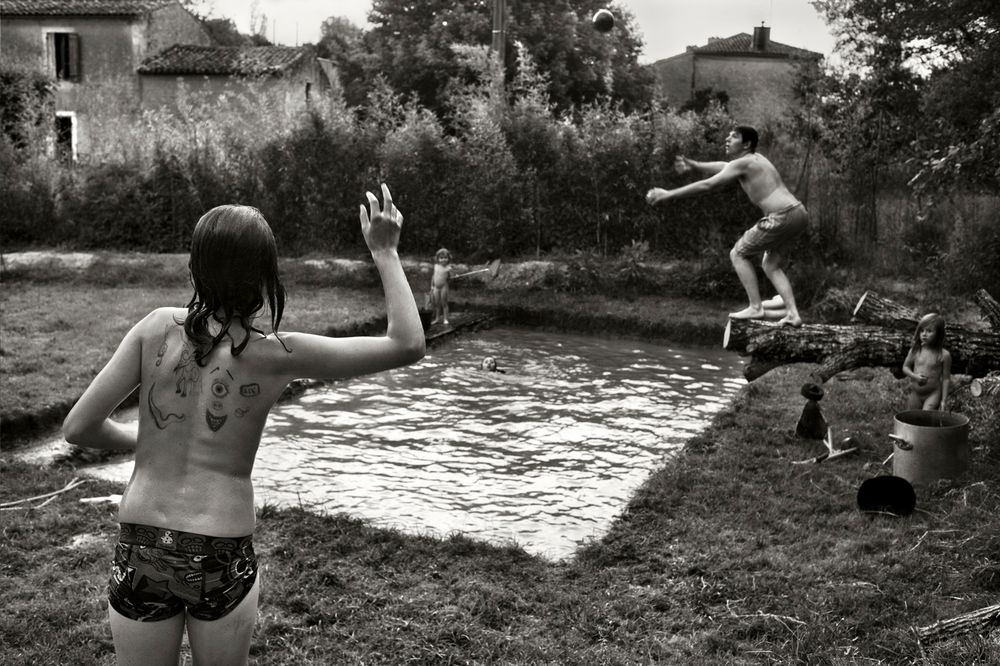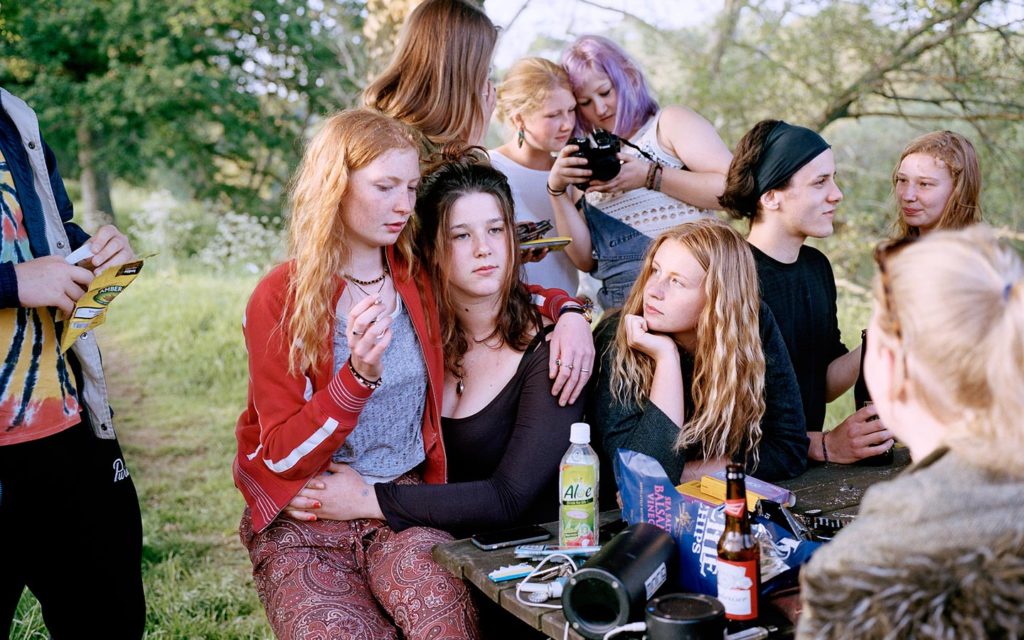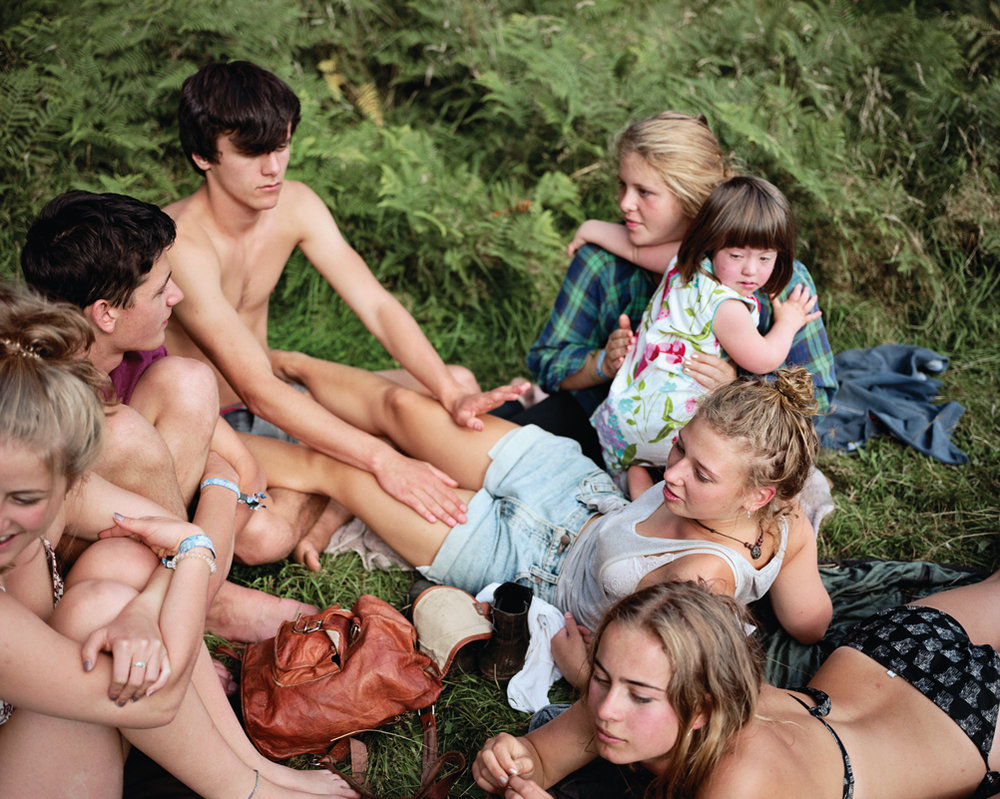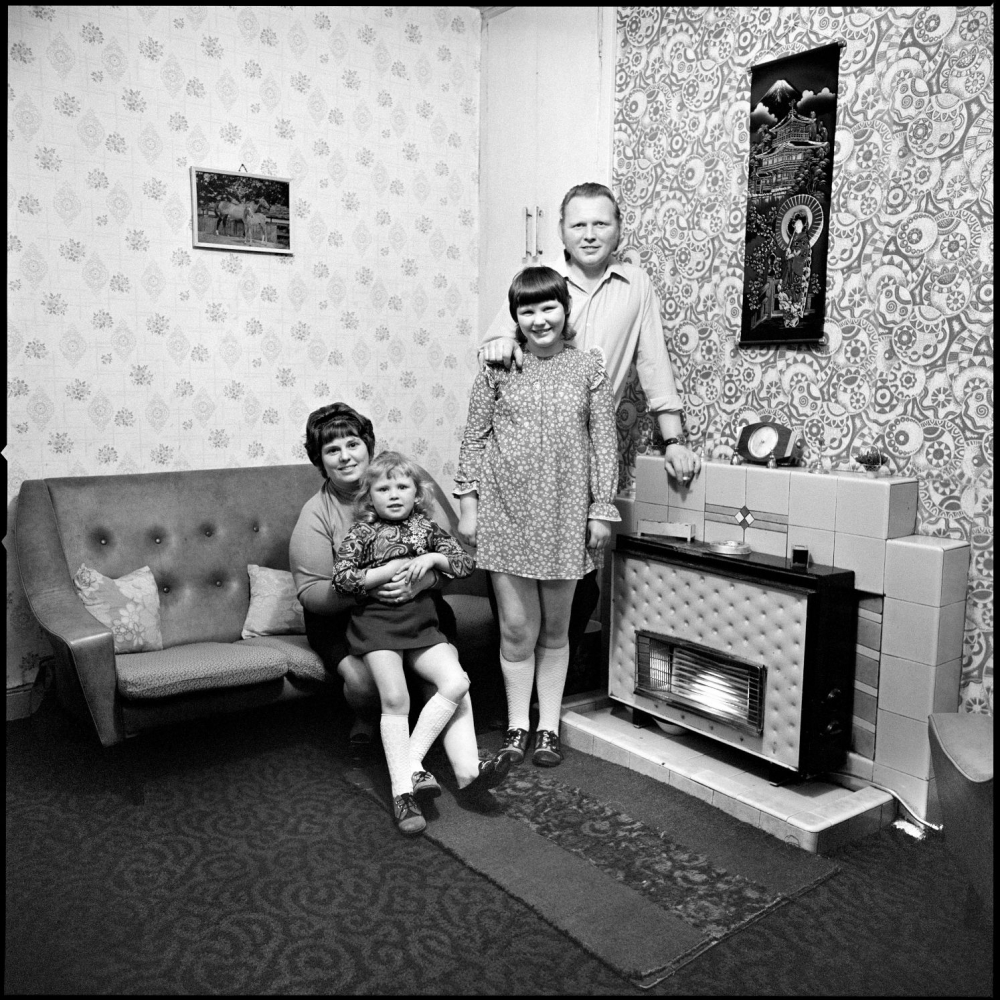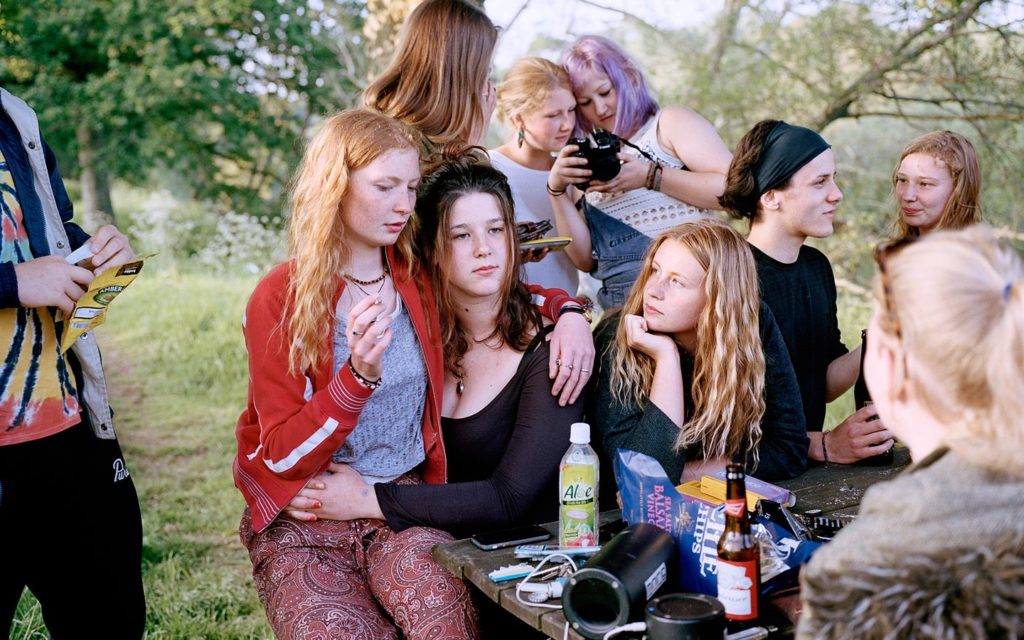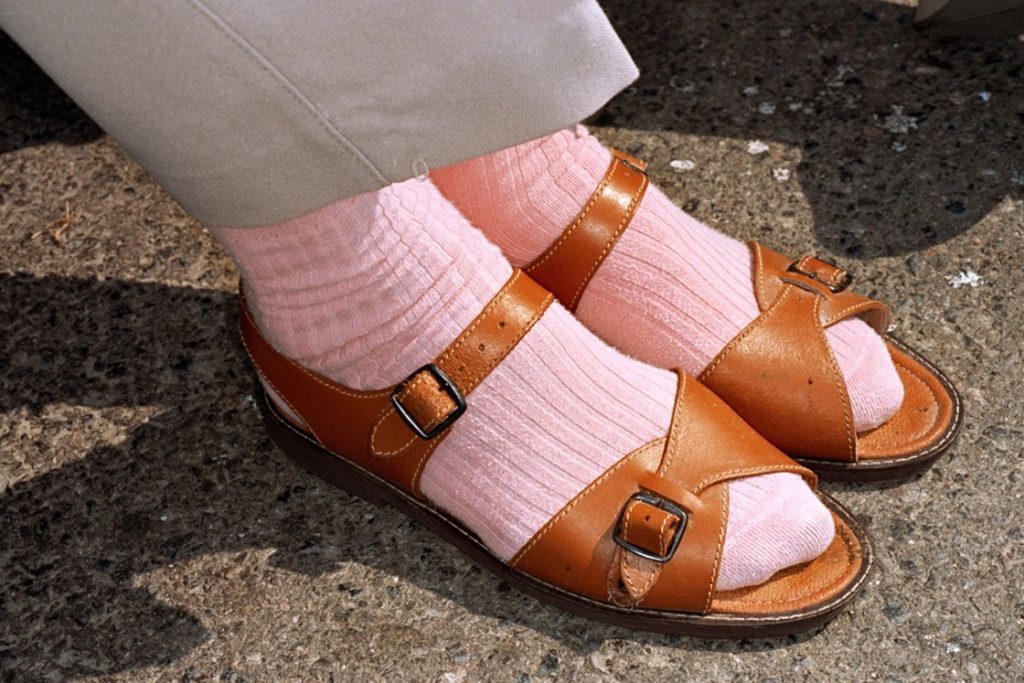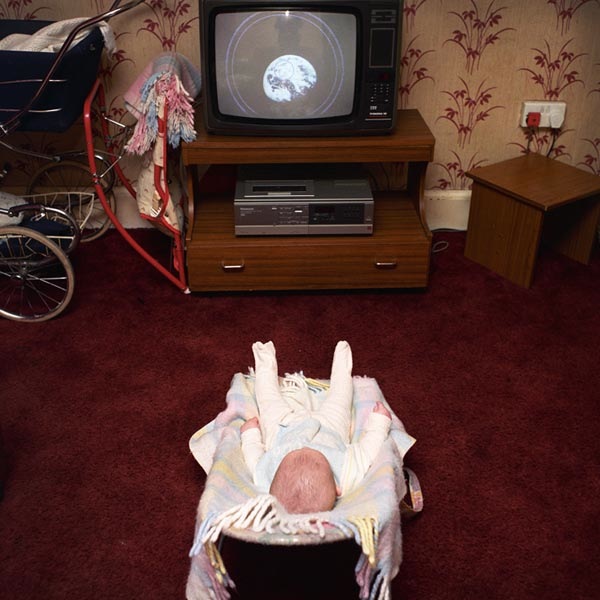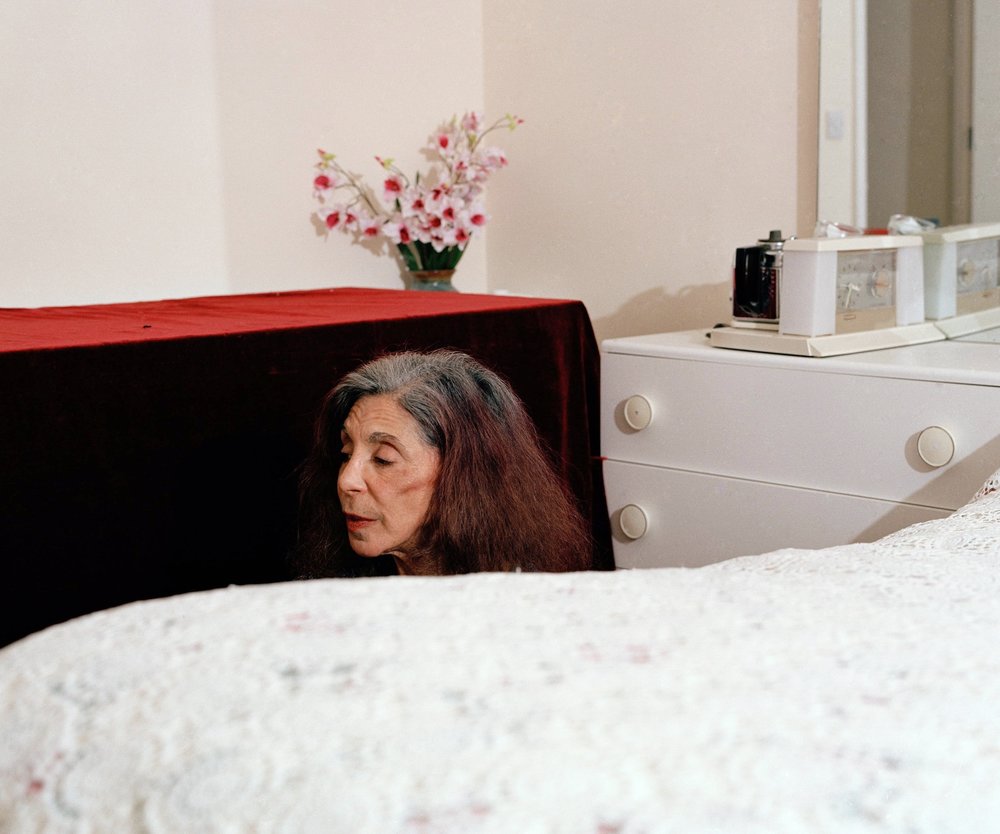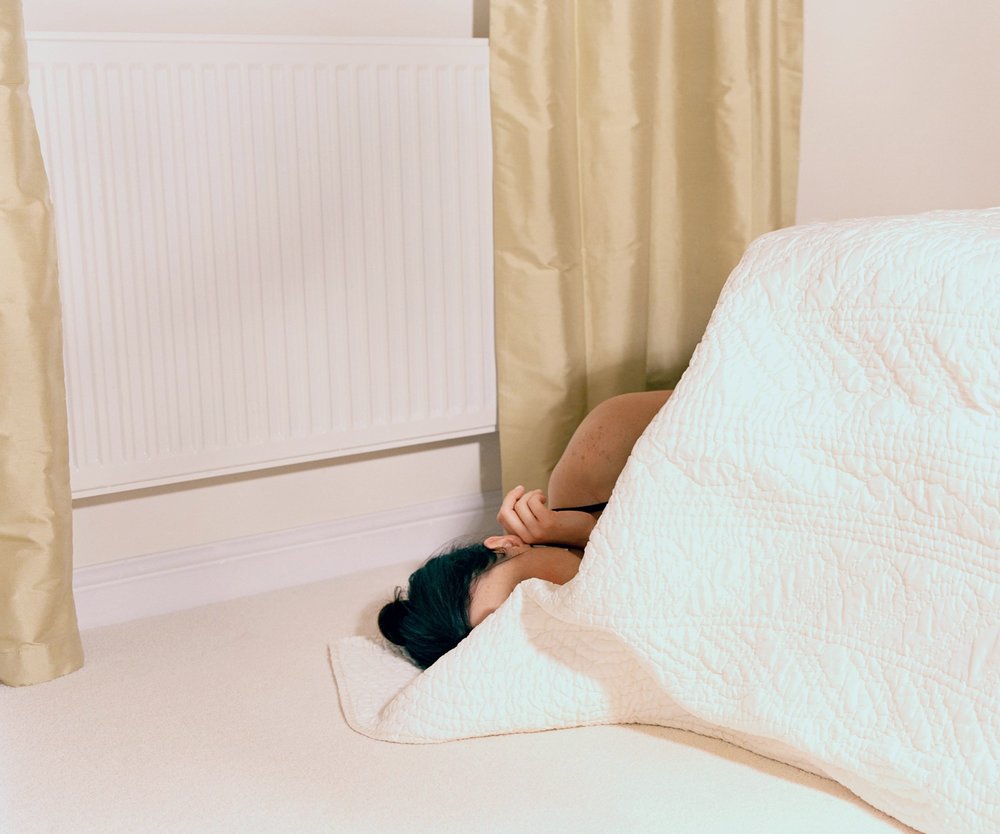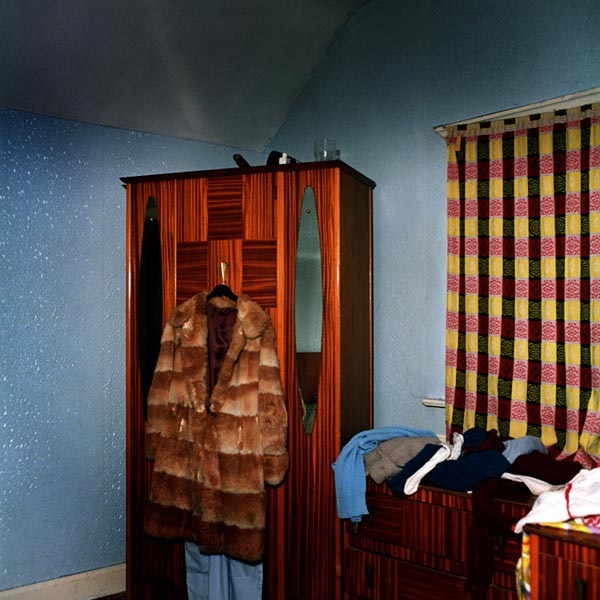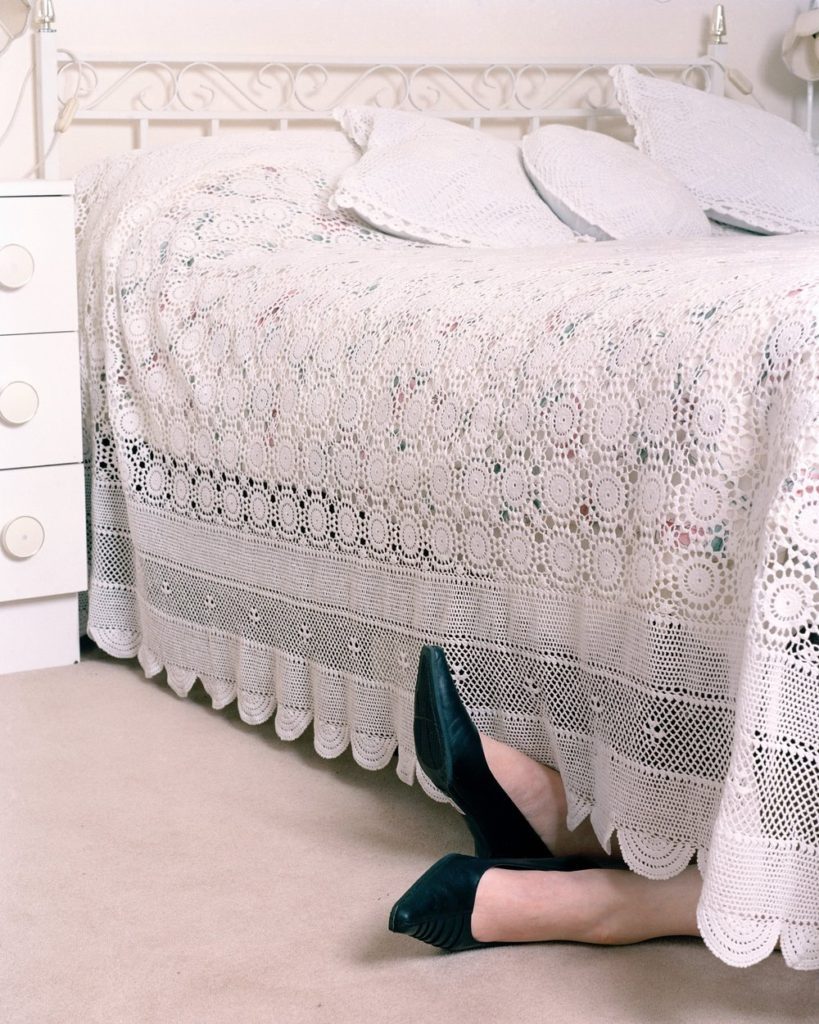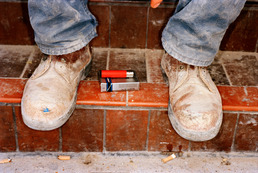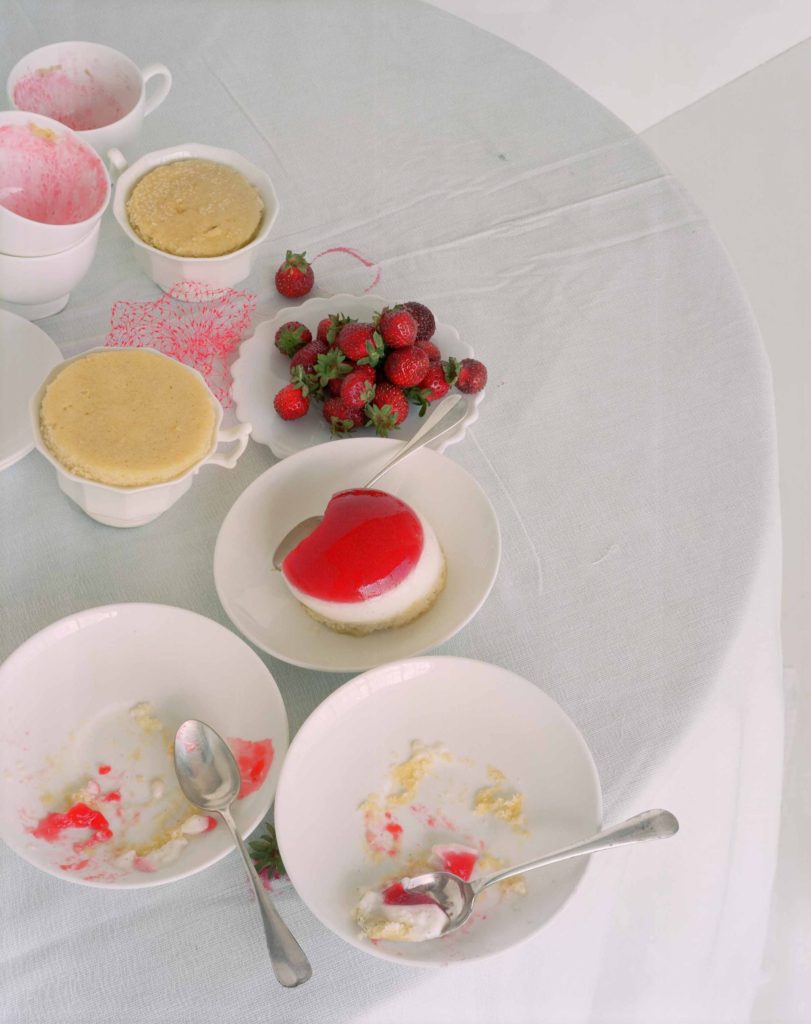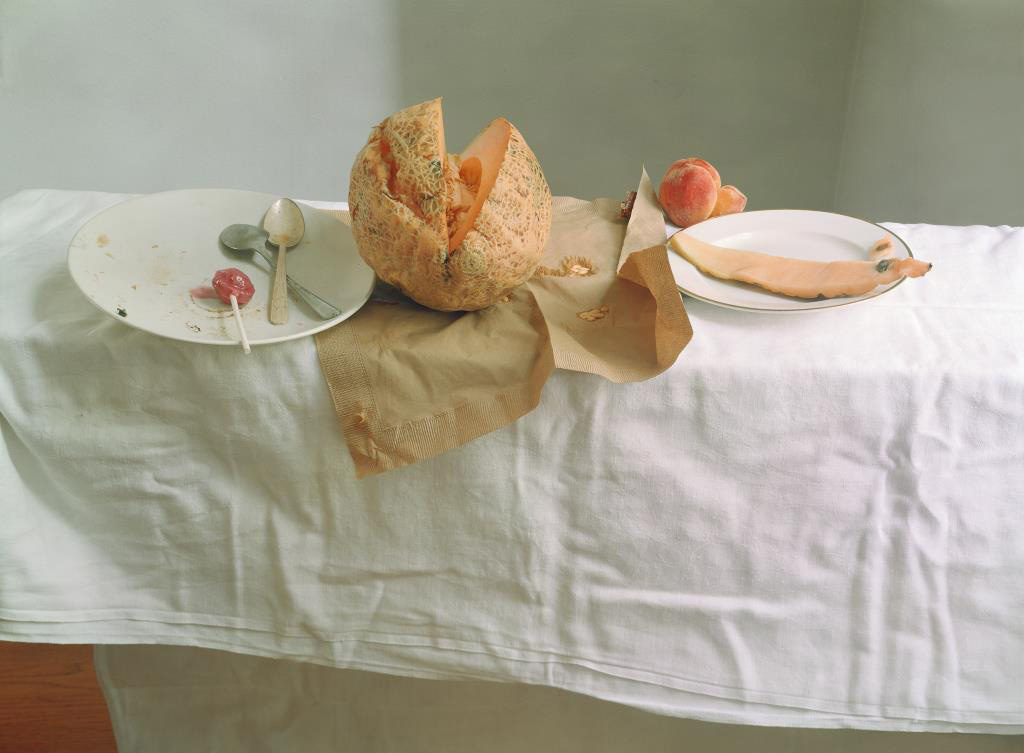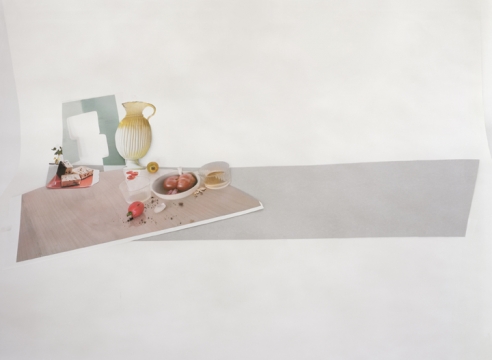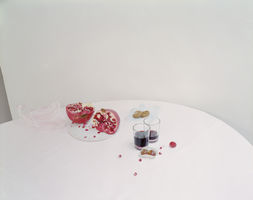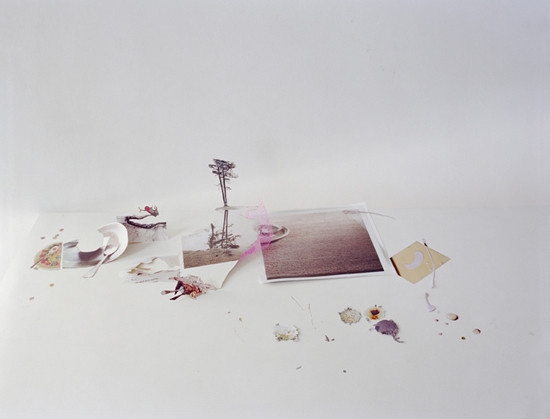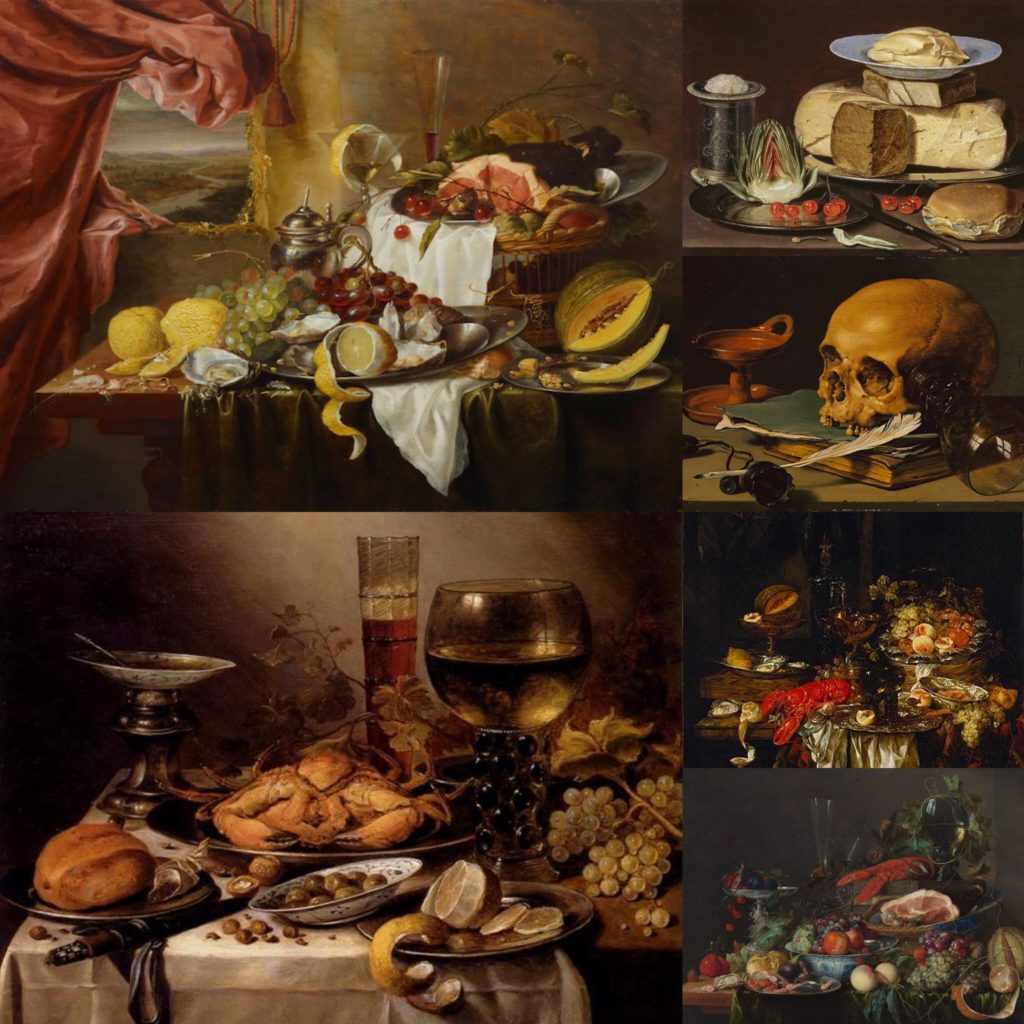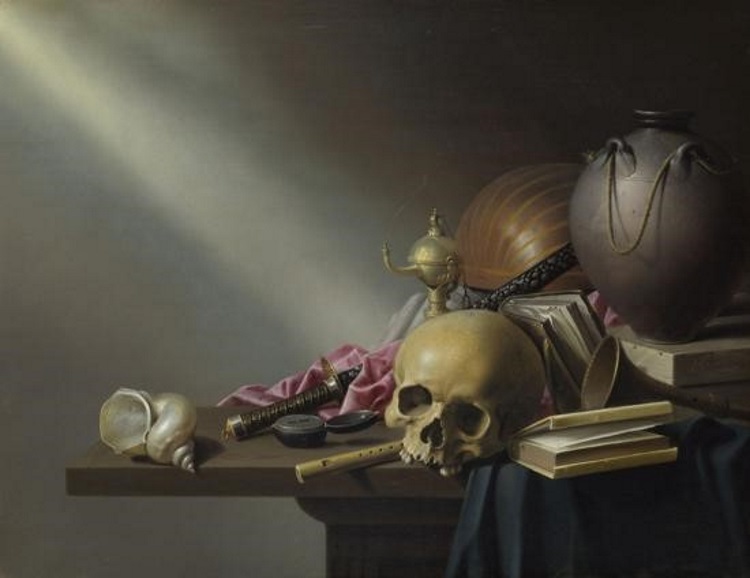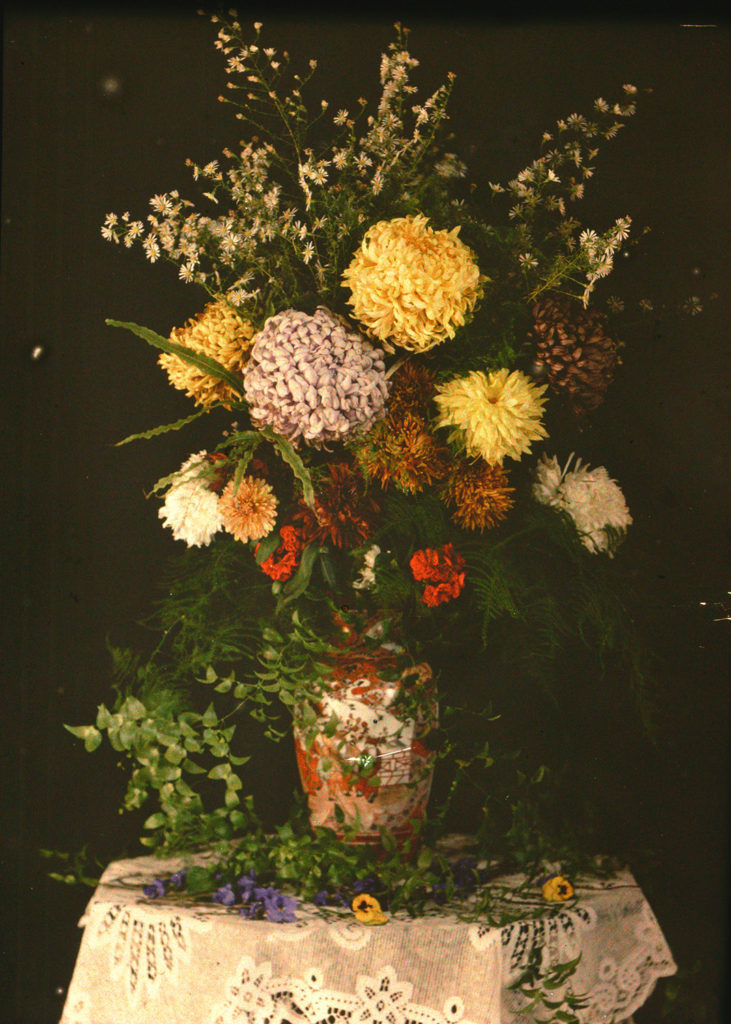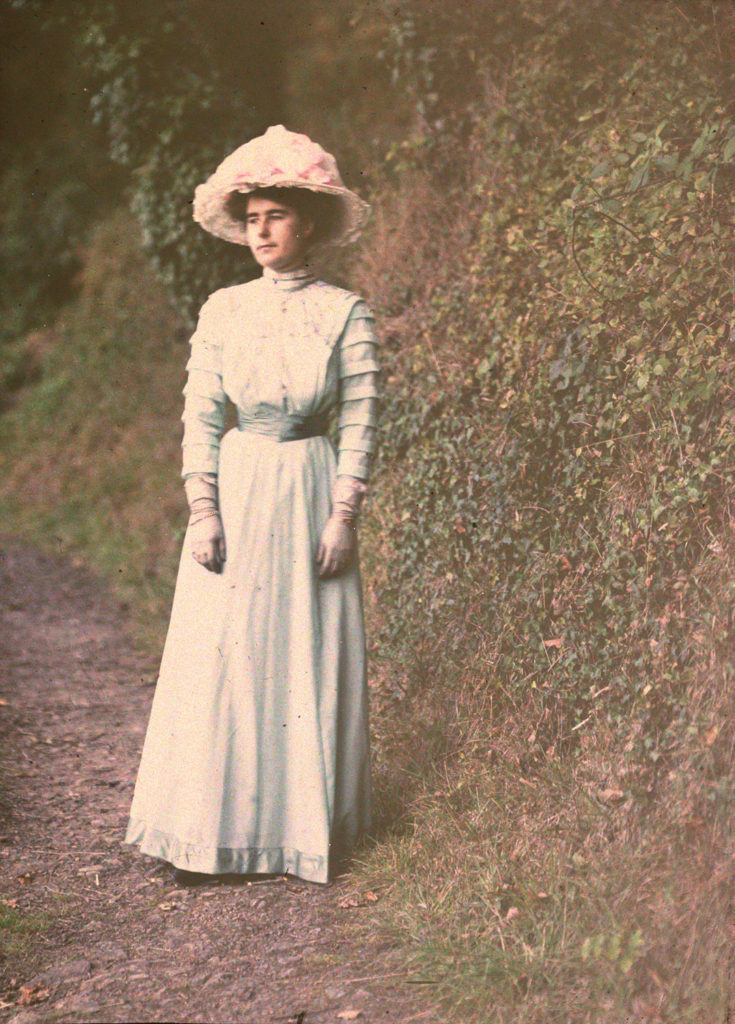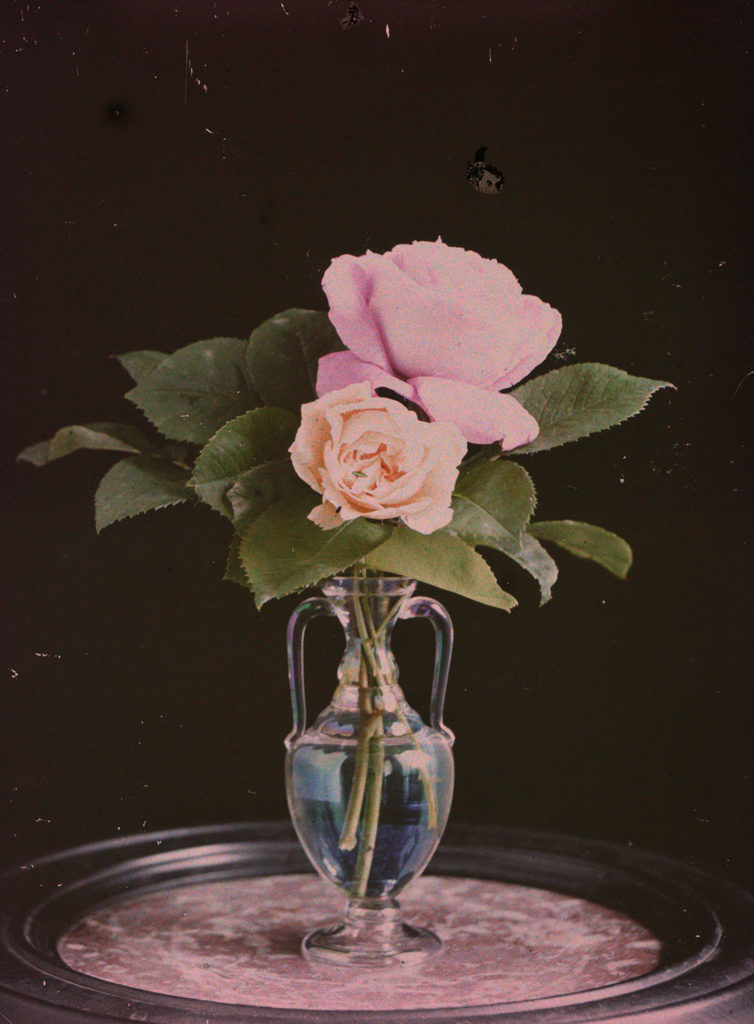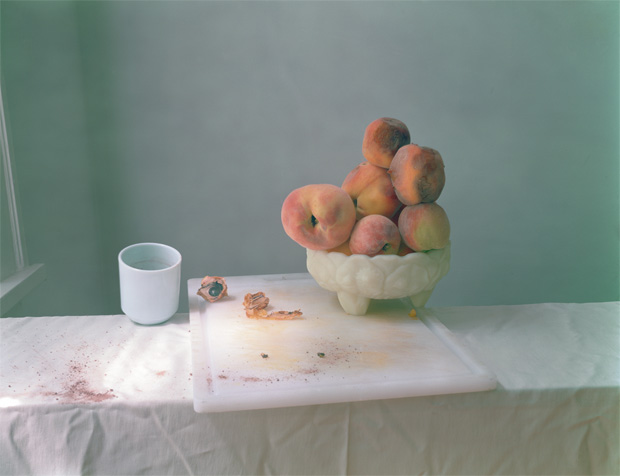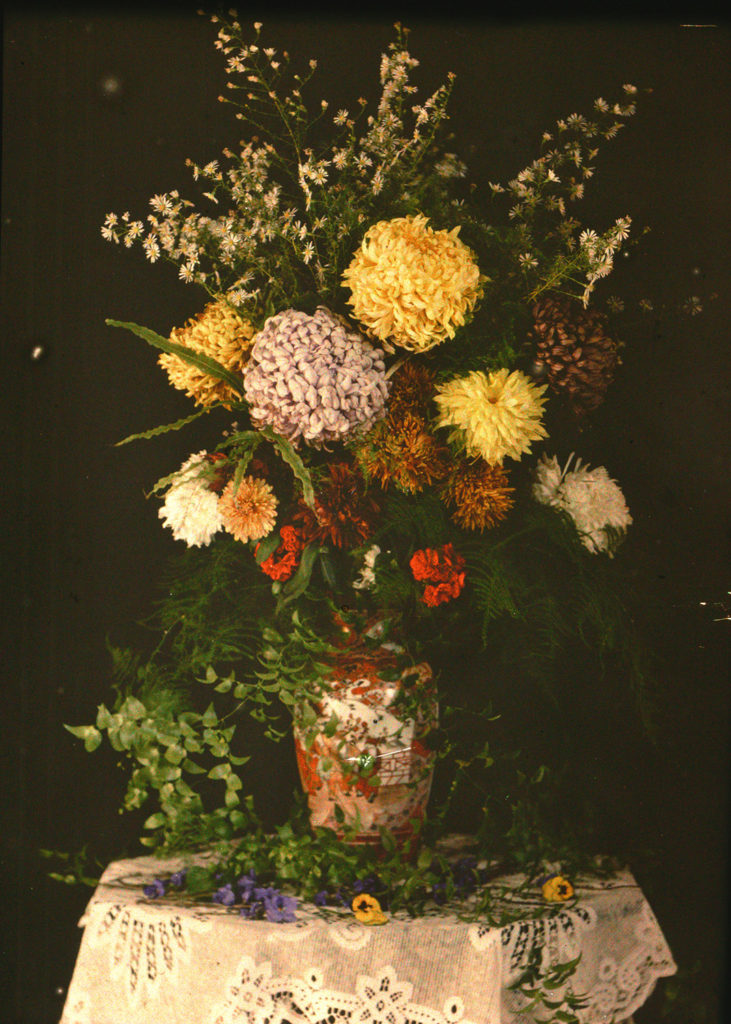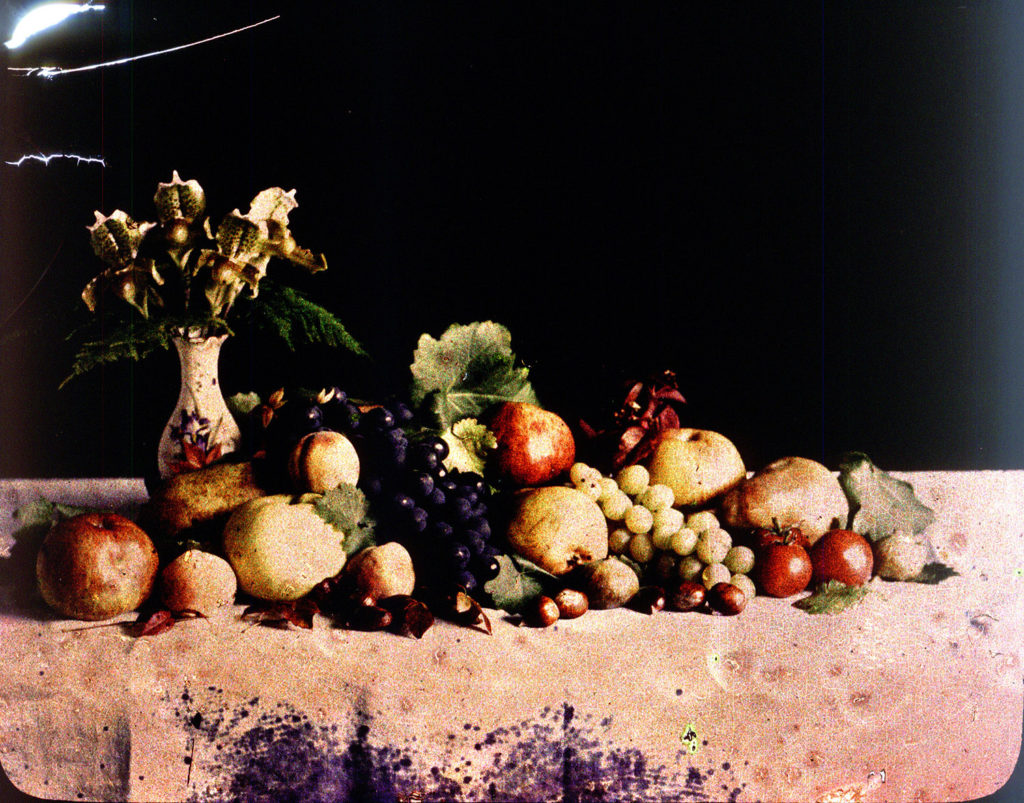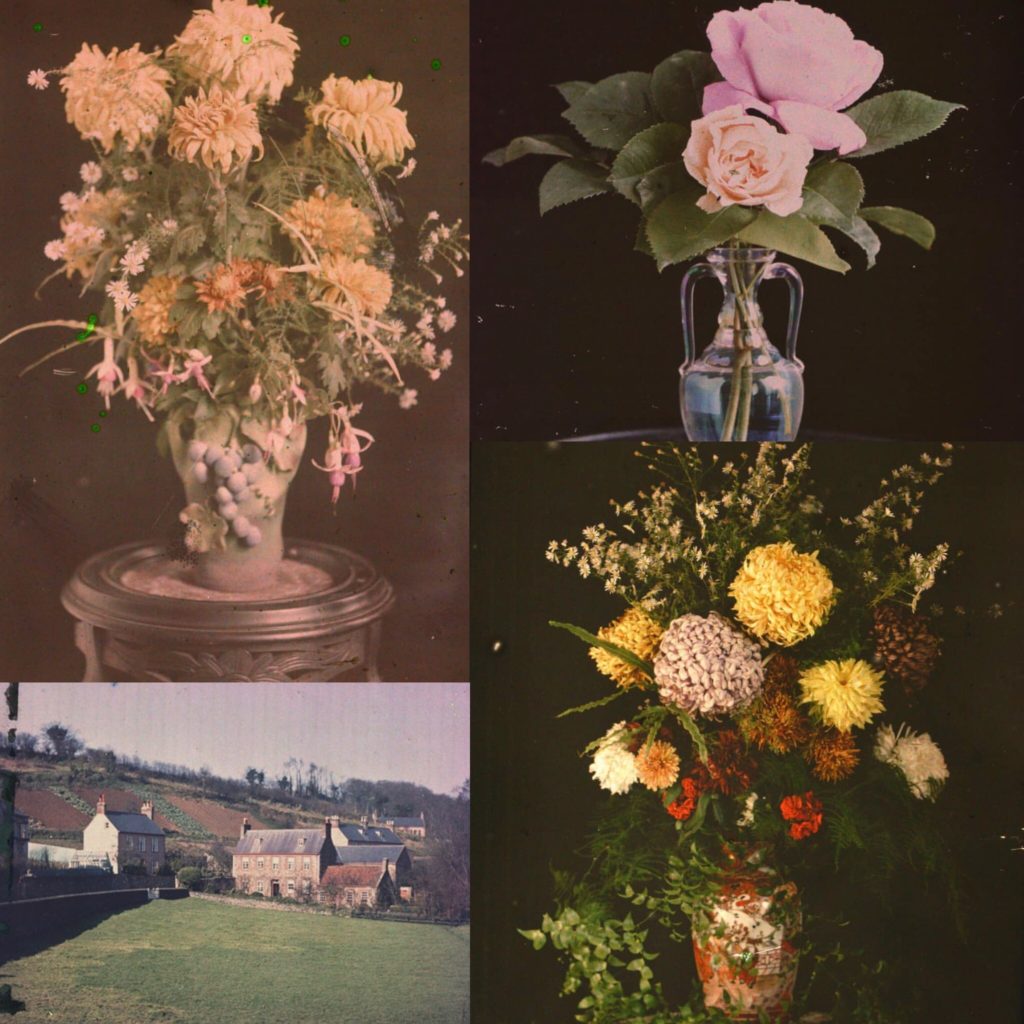Planning:
When going about this photoshoot I kept in mind the technique the Martin Parr used when he captured detailed/macro photography, in order to create an effective outcome which can hold a lot of conceptual meaning. On top of this, I also took inspiration from the mood board created on the previous blog post, in order to create new ways and approaches of capturing this style of photography. When capturing this set of photographs I used the AV setting, allowing me to focus on the aperture and depth of field, an important feature for macro style photography. On the day these photographs were taken, the lighting was dull, but well lit, which meant that I used a low ISO. My f number stayed on 5.6, unless the room itself was much darker. The shutter speed was set on a quick setting and the white balance was set to the day light setting. In order for further control I used manual focus, allowing me to control the depth of field and the overall composition.
Edits:
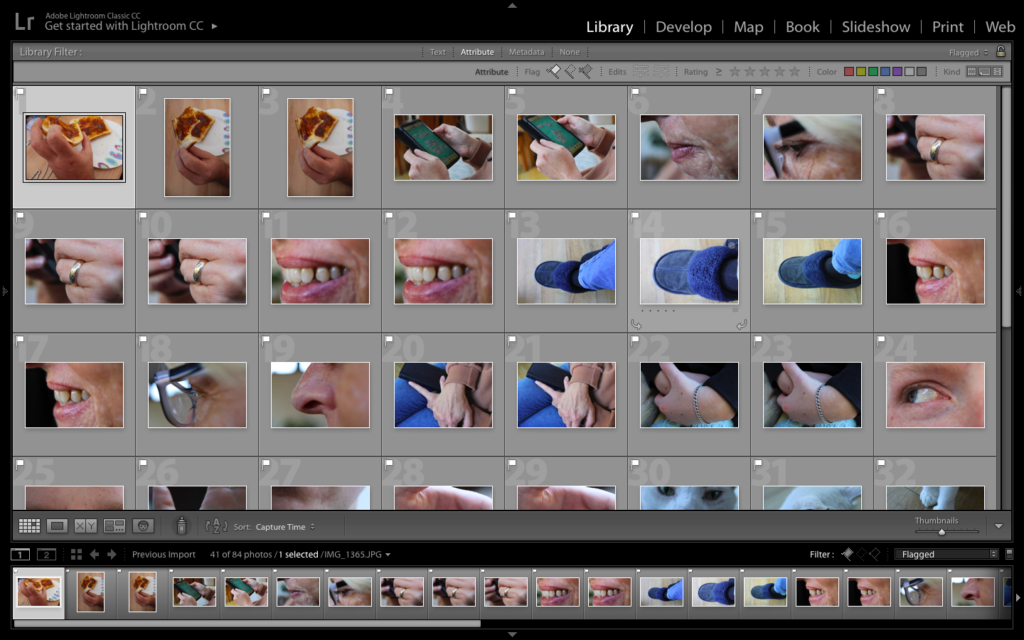
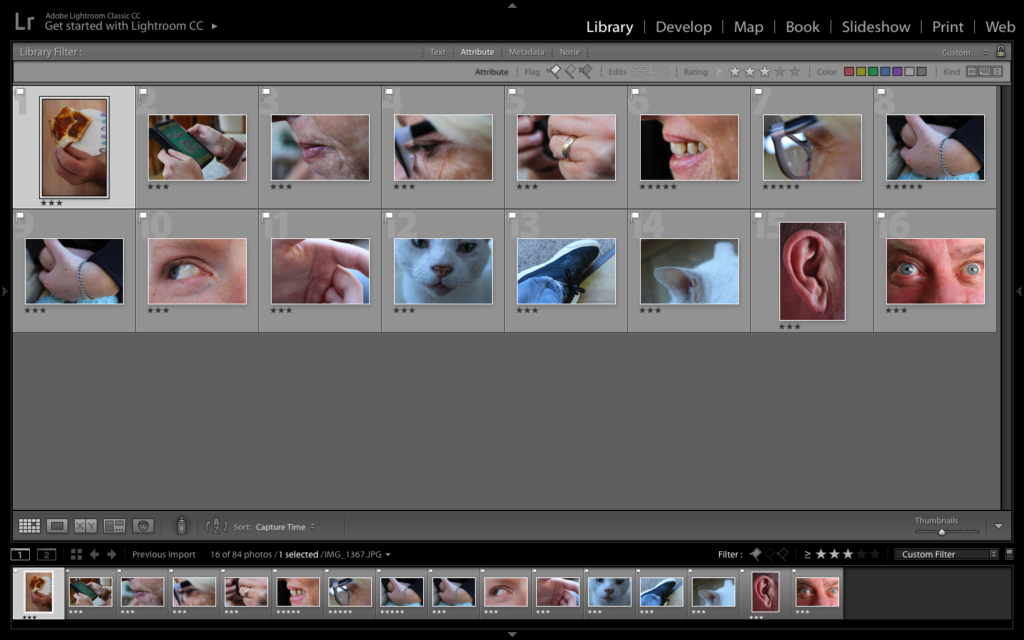

Colour Edits:
For my colour edits I tried to explore with making the colours vibrant and over the top, to create a similar outcome as Parr. In order to do this I increased the contrast, vibrance, white and blacks. Although this worked well, I did not think that it was justifying my work, so I decided to edit them normally, as if it was a normal portrait, in order to allow the detail to clearly be showcased. To do this I subtly moved the sliders in order to correct the imagery until I gained my desired effect. I believe my colour outcomes are successful as they clearly showcase the formal elements of colour, texture, space and shape, which enables the macro photographs to meet the briefing and showcase my implementation of Parr’s work within mine.



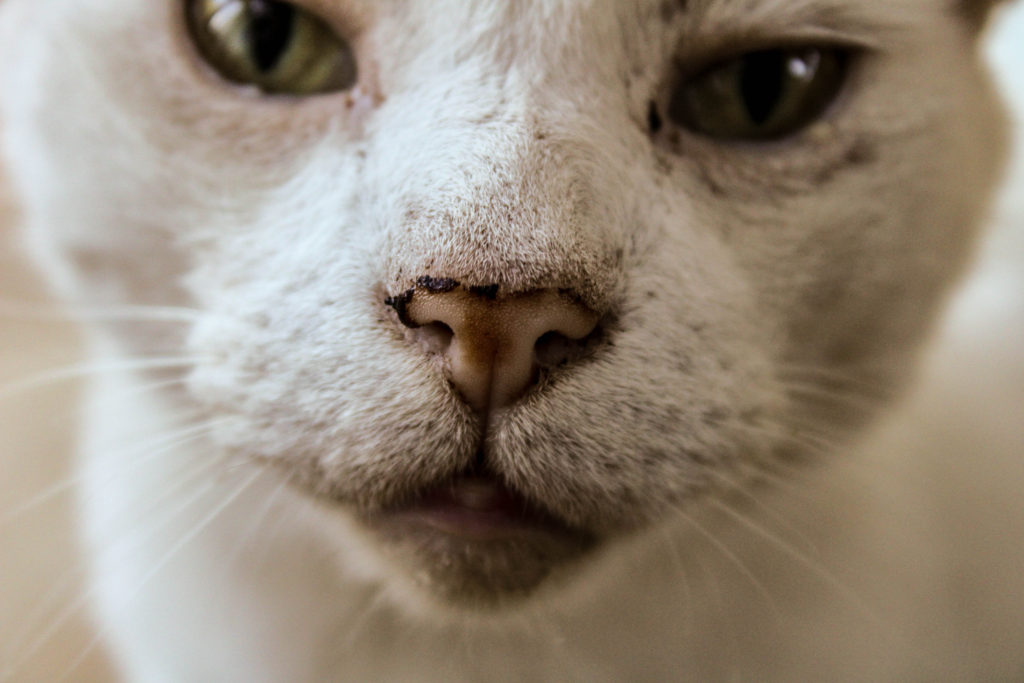
Black and White:
Experimenting in black and white; I was a little skeptical at first as all my inspiration did not use black and white imagery to present the macro photograph. I then decided to go ahead with this idea, because I knew it would show exploration outside of my research. In order to achieve this effect, I set the image to black and white and mainly focused on adjusting the black, white, contrast, structure and shadow sliders in order to create the outcome below. I am happy that I experimented with black and white, as I believe that this is my strongest outcome from the photoshoot, with my reasoning for this being explained in an analysis of my work below.
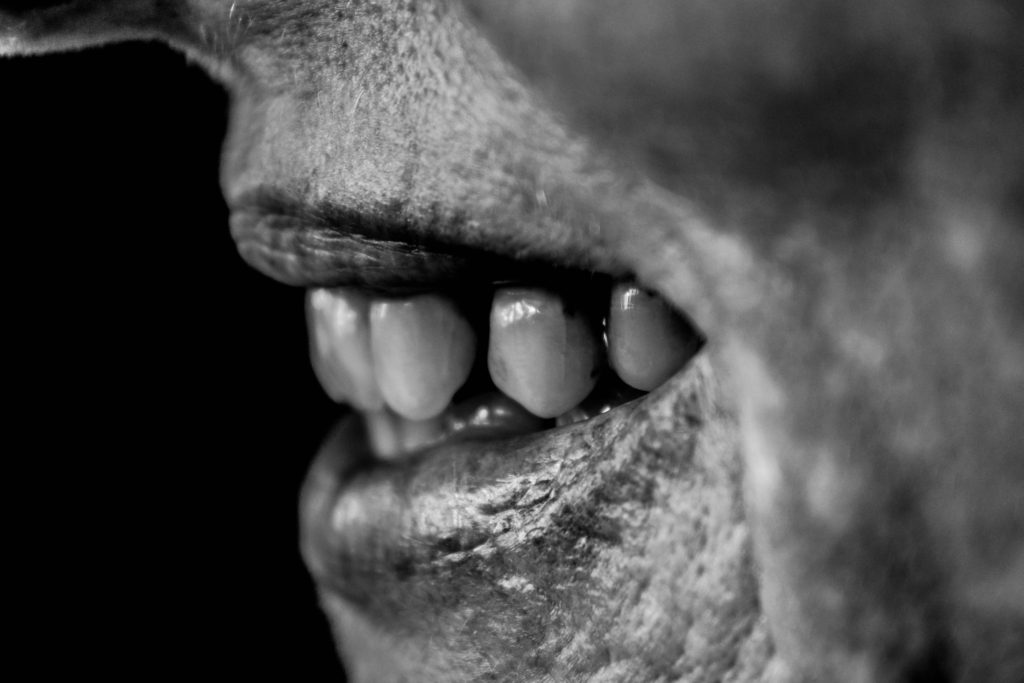
Visually, we are presented with a landscape macro photograph of a models mouth, who is smiling showing her teeth. The frame is 3/4 full, with a sense of space on the left of the frame, presenting the technique of rule of thirds bring utilised in this outcome. The main focus point is the teeth, due to it being the area most in focus, which informs us that a large depth of field has been used when capturing the photograph. The photograph presents the formal elements of space, texture, shape and tone, which is being shown through the detail of the lower half of the models face. The photograph is presented in black and white which allows a clear tonal contrast to be showcased, making the imagery even stronger. The background is black, which enables our attention to be focused on the foreground, the face of the model, allowing the conceptual representation of happiness within a family to be clearly presented.
Technically, the photograph uses a medium aperture, due to the narrow depth of field being utilised in order to allow the focus to be on the mouth and teeth. The ISO used is low which is shown through there being no noise being created. This also allows us to understand that natural lighting produced by the daylight was used to capture this, and informs us that the white balance has colour accuracy and that it presents a sense of warmth, adding to the overall pleasant mood to the piece. In addition, the shutter speed used to capture this macro photograph was quick sue to no intended blur being presented in the overall composition.
Evaluation:
To evaluate this photo shoot, I believe that it was more successful than the previous home sweet home shoot, due to me producing stronger imagery, through more control over my camera settings. I have been able to show my competence with macro photography, as well as showing my ability to use manual focus in order to create depth of field and put different features in focus for effect. I have also shown my ability to take inspiration and implement it into my work, on top of adding my own artist style to show further exploration within my imagery. I believe that my overall outcomes are successful due to high control in my camera settings, and quality editing, making my work have a clear overall aesthetic.


